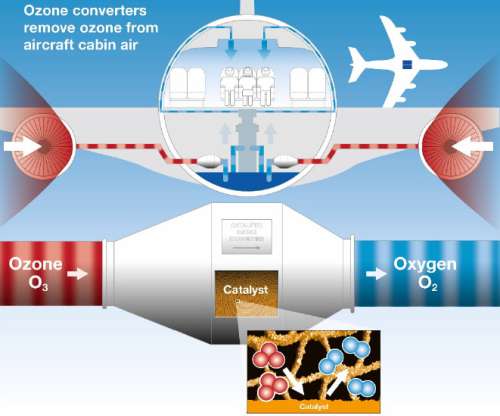BASF introduces cost-effective upgrade to ozone-VOC converters for healthier aircraft cabin air; UpCore
Green Car Congress
APRIL 26, 2022
BASF has launched UpCore, a new service providing a cost-effective and sustainable technology upgrade from a standard ozone converter to an ozone-VOC (volatile organic compounds) converter for cleaner and healthier aircraft cabin air. The air at high altitude contains significant levels of ozone.























Let's personalize your content